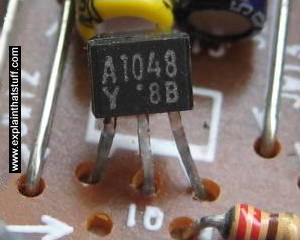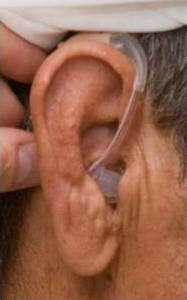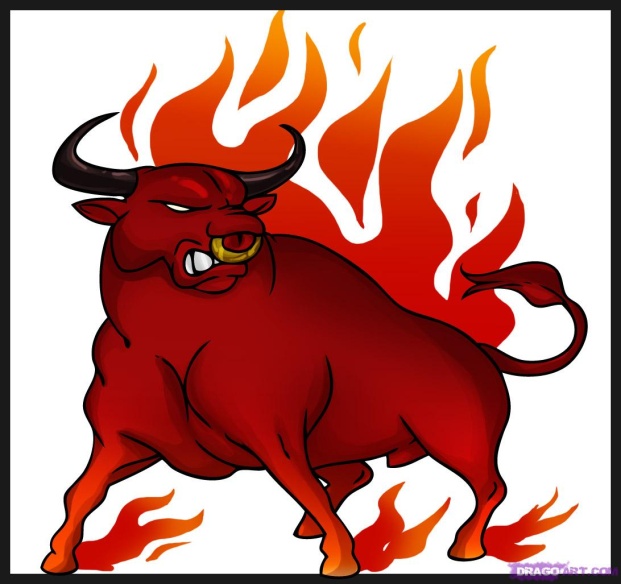
- •Unit 1 semiconductors
- •What is a semiconductor?
- •Types of semiconductors
- •Vocabulary
- •How semiconductors work
- •Doping of semiconductors
- •Vocabulary
- •Unit 2 diode
- •What is a diode?
- •Vocabulary
- •Creating a p-n junction
- •Types of diodes
- •Diode applications
- •Ionizing radiation detectors
- •Vocabulary
- •Unit 3 transistor
- •What does a transistor actually do?
- •Types of transistors and how they work
- •Vocabulary
- •Transistors in computers who invented the transistror?
- •Who Invented the Transistor?
- •Integrated circuit
- •What is an integrated circuit?
- •Vocabulary
- •How are integrated circuits made? who invented the integrated circuit?
- •Inside a Chip Plant
- •Vocabulary
- •Verbs with vowel changes
- •Verbs with 3 different vowels!
- •The really Irregular Verbs
- •Semiconductor glossary of terms
- •Unit 1 semiconductors
- •What is a semiconductor?
- •Types of semiconductors
- •Vocabulary
- •How semiconductors work
- •Doping of semiconductors
- •Unit 2 diode
- •What is a diode?
- •Vocabulary
- •Creating a p-n junction
- •Types of diodes
- •Vocabulary
- •Transistors in computers who invented the transistror?
- •Integrated circuit
- •What is an integrated circuit?
- •Vocabulary
- •How are integrated circuits made? who invented the integrated circuit?
- •Vocabulary
- •Bibliography
Vocabulary
With your group, match the following words and word combinations with their definitions.
Diode logic
Power conversion
Overvoltage protection
Radiation detection
Demodulation
Temperature measurement
Current steering
converting a modulated carrier wave into a current equivalent to the original signal.
using a p-n junction for temperature determining.
changing alternating current into direct current or vice versa.
constructing Boolean logic gates from diodes acting as electrically operated switches.
protecting electrical devices from voltage spikes.
detecting the presence and sometimes the amount of radioactive particles and waves.
preventing currents in unintended directions.
With your group, give all possible definitions of a “diode” taking into account its applications.
Writing
With your group, write the Diode applications section. Use all the information from the previous tasks. Each group member should work on different stages. Check and correct each other’s work before you complete. Use this plan to help you.
Diode applications
Radio demodulation
Temperature measurement
Diode logic
Power conversion
Overvoltage protection
Ionizing radiation detectors
Current steering
Review
Make a crossword puzzle on the topic: “Diodes
Unit 3 transistor

Fig.3.1 A typical transistor on an electronic circuit board.
Contents
What Does a Transistor Actually Do?
Types of Transistors and How They Work.
Transistors in Computers.
Who Invented the Transistor?
What does a transistor actually do?
Warm up
Study the photo in Fig. 3.1 and answer some questions:
What can you see in this photo?
What is it?
Is it an insect with three legs?
Listen to this short text and find the answer.
Your brain contains around 100 billion cells called neurons – the tiny switches that let you think and remember things. Computers contain billions of miniature brain cells as well. They're called transistors and they're made from silicon, a chemical element commonly found in sand. Transistors have revolutionized electronics since they were first invented over half a century ago by John Bardeen, Walter Brattain, and William Shockley.
Have you ever taken apart an electronic gadget just to see all of the neat electronic stuff inside? If so, you have likely seen a number of transistors already. Consider this a guided tour of the transistors inside electronic gizmos. But what are they – and how do they work?
Reading
Look at the pictures in Fig. 3.2 and discuss the questions below.
 a)
a)

 b)
b)
Fig. 3.2 What does a transistor actually do?
What do you see in these pictures?
Are they related to our topic?
What is our topic?
Can these pictures help us understand what transistors actually do?
Read the following text and entitle the pictures a-b in Fig. 3.2.
A transistor is really simple and really complex. Let's start with the simple part. A transistor is a miniature electronic component that can do two different jobs. It can work either as an amplifier or a switch.
When it works as an amplifier, it takes in a tiny electric current at one end (an input current) and produces a much bigger electric current (an output current) at the other. In other words, it's a kind of current booster. That comes in really useful things like hearing aids, one of the first things people used transistors for. A hearing aid has a tiny microphone in it that picks up sounds from the world around you and turns them into fluctuating electric currents. These are fed into a transistor that boosts them and powers a tiny loudspeaker, so you hear a much louder version of the sounds around you.
William Shockley, one of the inventors of the transistor, once explained transistor-amplifiers to a student in a more humorous way: "If you take a bale of hay and tie it to the tail of a mule and then strike a match and set the bale of hay on fire, and if you then compare the energy expended shortly thereafter by the mule with the energy expended by yourself in the striking of the match, you will understand the concept of amplification."
Transistors can also work as switches. A tiny electric current flowing through one part of a transistor can make a much bigger current flow through another part of it. In other words, the small current switches on the larger one. This is essentially how all computer chips work. For example, a memory chip contains hundreds of millions or even billions of transistors, each of which can be switched on or off individually. Since each transistor can be in two distinct states, it can store two different numbers, zero and one. With billions of transistors, a chip can store billions of zeros and ones, and almost as many ordinary numbers and letters (or characters, as we call them).
Speaking
Work in pairs. Make dialogues, discuss what transistors actually do. Use all the necessary information from the previous task and pictures in Fig. 3.2 to help you.
Listening
Listen to the text and explain the difference between old style machines and modern electronic devices. What was great about old-style machines?
The great thing about old-style machines was that you could take them apart to figure out how they worked. It was never too hard, with a bit of pushing and poking, to discover which bit did what and how one thing led to another. But electronics is entirely different. It's all about using electrons to control electricity. An electron is a minute particle inside an atom. It's so small, it weighs just under 0.000000000000000000000000000001 kg! The most advanced transistors work by controlling the movements of individual electrons, so you can imagine just how small they are. In a modern computer chip, the size of a fingernail, you'll probably find between 500 million and two billion separate transistors. There's no chance of taking a transistor apart to find out how it works, so we have to understand it with theory and imagination instead. First off, it helps if we know what a transistor is made from.
Revision
Do this multiple-choice test to revise the already learned stuff from Units 1-2 and find out how transistors are made. There may be several correct answers for one statement.
Transistors are made from silicon and…
Silicon is …
an insulator;
a conductor;
a metal;
a semiconductor.
Intrinsic semiconductors…
conduct electricity;
don’t conduct electricity;
conduct electricity when they are treated with impurities.
Extrinsic semiconductors are…
doped;
pure;
n-type and p-type.
The process of introducing impurities into a semiconductor is called…
impuriting;
doping;
impurity generating.
Extrinsic semiconductors…
conduct electricity;
do not conduct electricity;
N-type semiconductors have extra…
positive charges;
electrons;
negative charges;
holes.
P-type semiconductors have extra…
negative charges;
positive charges;
electrons;
holes.
A diode is a…
p-n junction;
p-n-p junction;
n-p-n junction.
Diodes are …
omnidirectional;
bidirectional;
multidirectional;
unidirectional.
